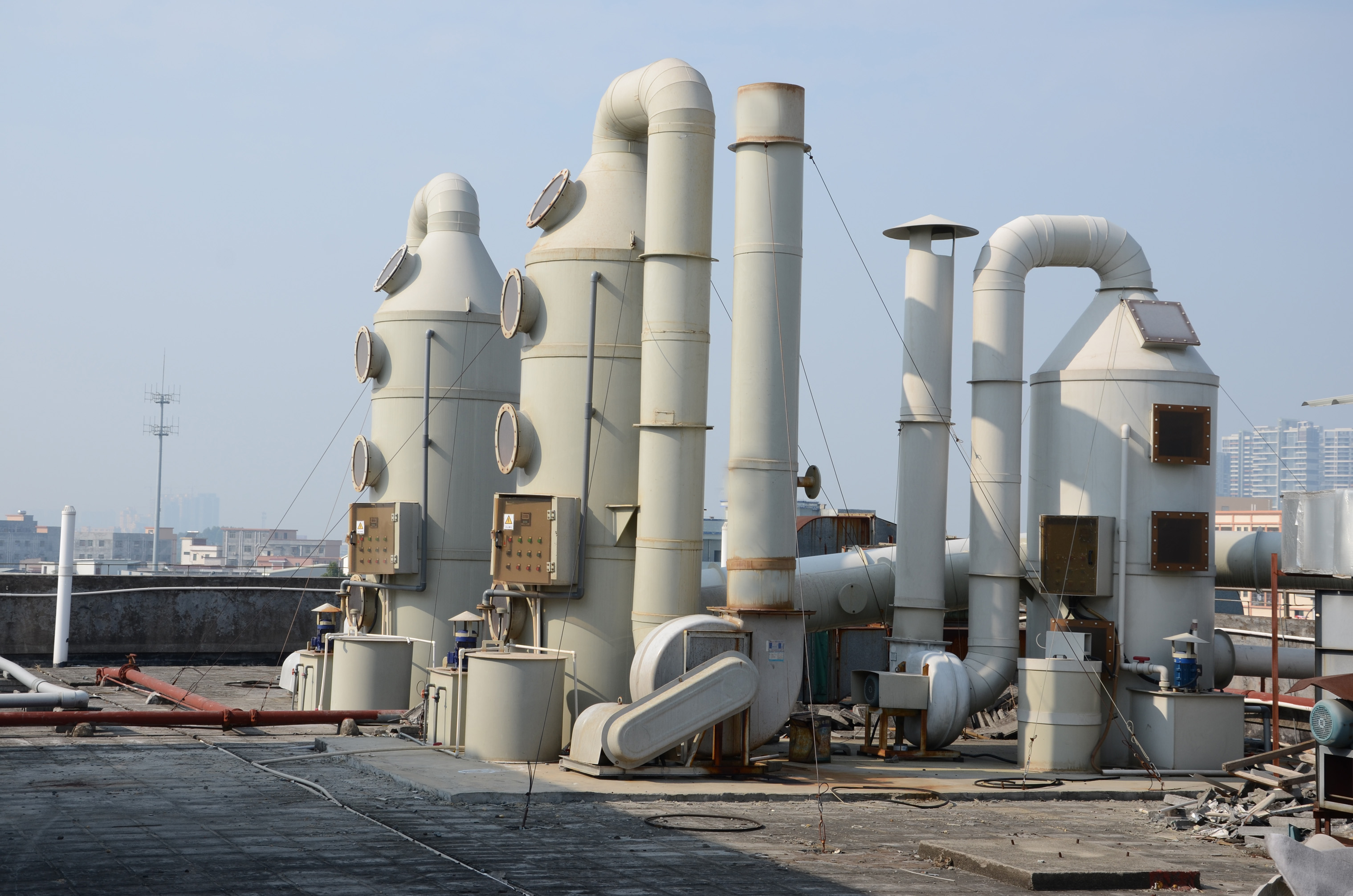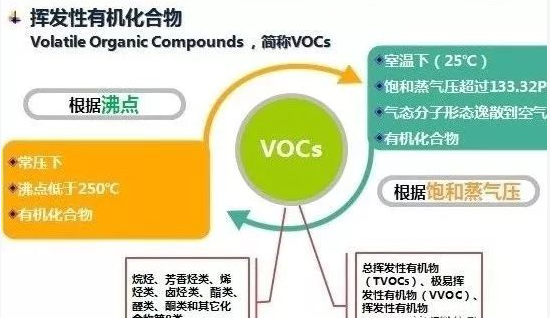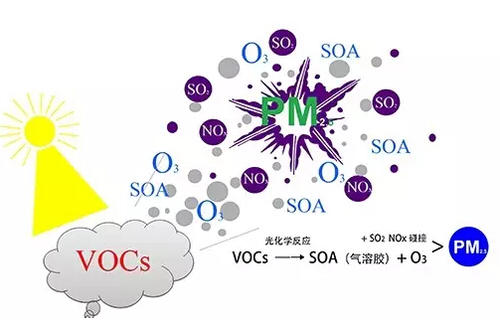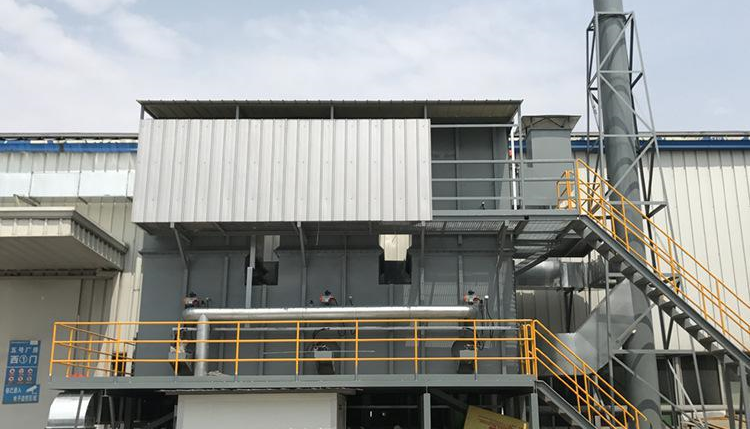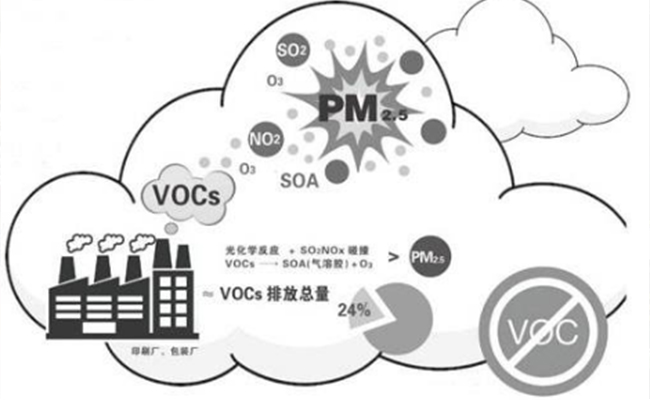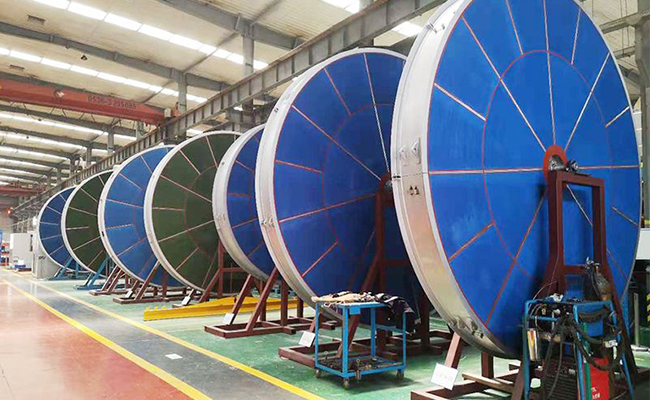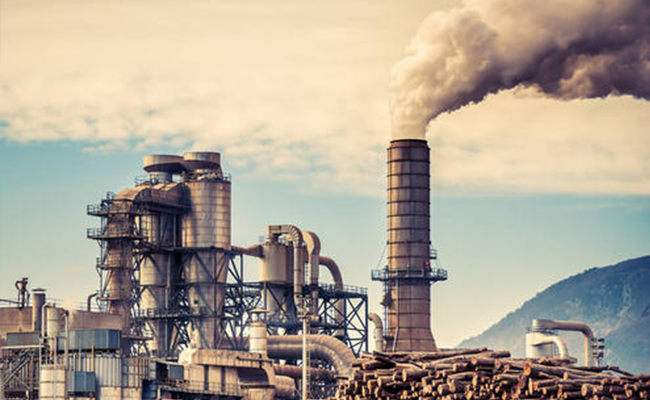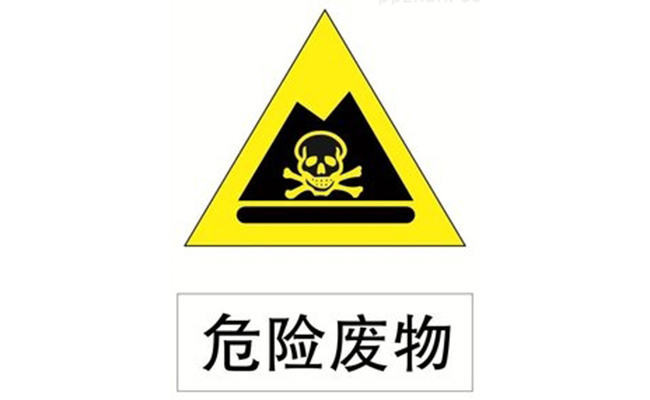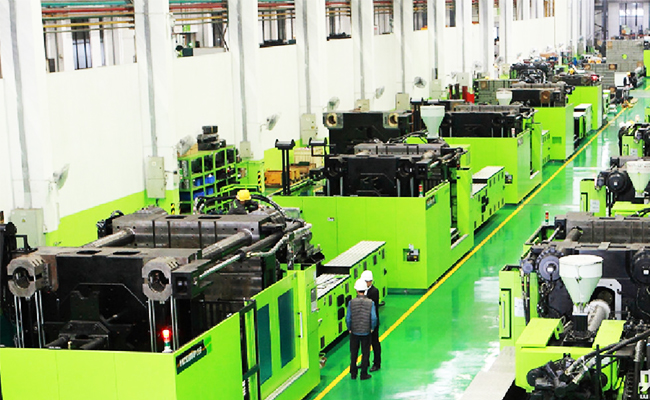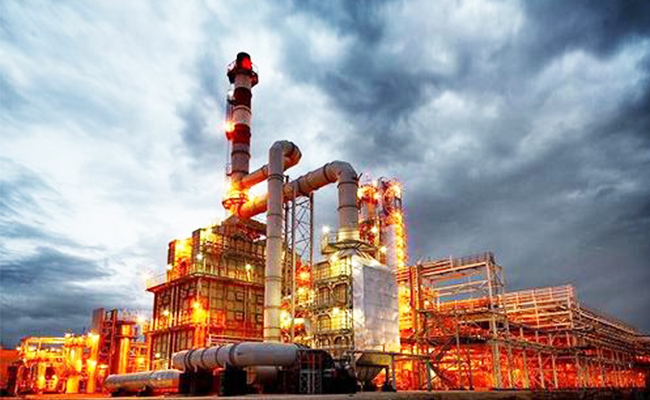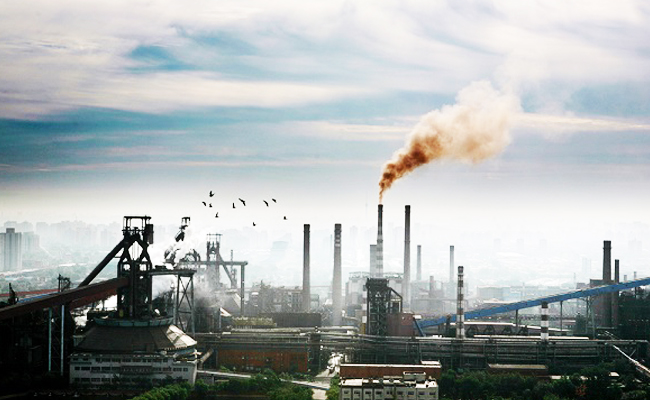
-
Factory Environmental Governance Comprehensive Solution Provider
-
Focus on R & D and manufacturing of VOCs exhaust gas treatment equipment

Focus on R & D and manufacturing of VOCs exhaust gas treatment equipment
Organic waste gas is mainly treated with waste gas such as formaldehyde, xylene, acetone, methyl ethyl ketone, acetic acid, and ethyl acetate. Organic waste gas usually has the characteristics of flammable and explosive, toxic and harmful, insoluble in water, soluble in organic solvents, and difficult to handle.
Inorganic waste gas The waste gas containing inorganic pollutants mainly comes from nitrogen fertilizer, phosphate fertilizer (containing sulfuric acid), inorganic salts, H2S, NOX, dust-containing waste gas such as oxidized dust during various metal exercises, stone dust during ore processing, etc .
So what are the differences between organic waste gas treatment and inorganic waste gas treatment?
01
More difficult governance
Organic waste gas generally has a variety of unfavorable factors such as flammable, explosive, toxic and harmful, and most of the organic waste gas is not soluble in water and organic solvents, while inorganic waste gas basically does not have these problems, so it is treated with inorganic waste gas. In comparison, the treatment of organic waste gas is more difficult, so it is necessary to consider more safety factors in the process of treatment.
02
Different governance
When conducting organic waste gas treatment, the treatment methods used are different according to various factors such as the type and concentration of organic pollutants, the exhaust temperature and discharge flow of organic waste gas, the content of particulate matter, and the level of pollutant control that needs to be achieved. At present, the condensation method, adsorption method, absorption method, catalytic combustion method, etc., among which the most advanced is molecular sieve technology. However, in general, the inorganic waste gas treatment can be performed by spraying or washing.
03
Different degrees of reuse
Many adsorbent materials in the organic waste gas treatment method can be reused, such as activated carbon fibers and molecular sieve crystals. After the adsorbent reaches a saturated state, the adsorbed organic gas can be decomposed by the regeneration function, so that the adsorbent can obtain Regeneration can be recycled. Regarding inorganic waste gas treatment, there is no recycling.
